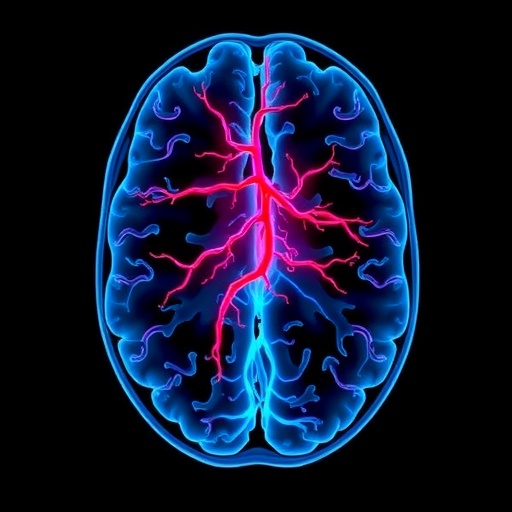Credit: Courtesy of the Akira Harada Lab
Before we have self-healing cars or buildings, we need strong materials that can fully self-repair in water-free environments. Self-healing materials work very well if they are soft and wet, but research groups have found that the ability to self-repair diminishes as materials dry out. Scientists at Osaka University are beginning to bridge this gap with rigid materials that can repair 99% of a cut on the surface in semi-dry conditions. They present their prototypes, which are the first to combine physical and chemical approaches to self-healing, on November 10 in Chem.
"The combination of physical and chemical self-healing enables materials to exhibit rapid and efficient self-healing even in a dried, hard state," says senior author Akira Harada, a supramolecular polymer chemist at Osaka University. "Only a small amount of water vapor is needed to facilitate self-healing in the dried film state. In other words, water serves as a non-toxic glue in the self-healing process," adds co-author Yoshinori Takashima, an associate professor at Osaka University.
Material engineers use several strategies to generate self-healing materials. They can physically embed the material with microcapsules or pathways filled with healing agents or build the material by using molecules, such as polyrotaxane, that change shape in response to damage–also called stress relaxation. Chemical self-healing materials use reversible bonds ranging from reversible chemical reactions to intermolecular interactions such as hydrogen bonding.
Harada's lab combined physical and chemical self-healing mechanisms in their materials by using polyrotaxane as a backbone structure cross-linked by reversible interactions, in this case between boronic acid and diols. The polyrotaxane structure enables stress relaxation in recovery from a shallow dent, and the reversible nature of the bonds enables chemical self-healing from a deep cut. The combined approach allowed the materials to recover up to 80% of their strength within 10 minutes (without the combination, the materials could repair only up to 30% of their strength after an hour).
"Recent research on supramolecular polymeric materials has demonstrated that smart design leads to smart function on a macroscopic scale," says first author Masaki Nakahata, an assistant professor in engineering science at Osaka University. "Polymeric materials, both tough and self-healable, can open up a new frontier in materials science."
The scientists say their materials could be used in a wide variety of applications ranging from external coatings of cars and buildings to medical applications, such as self-healing adhesives and resins. They plan to continue working on the creation of a hard material that can self-heal under ambient conditions without the addition of any external cues.
###
This research was funded by the ImPACT Program of Council for Science, Technology, and Innovation, a Grant in-Aid for Scientific Research on Innovative Areas of "Fusion Materials: Creative Development of Materials and Exploration of Their Function through Molecular Control," Grants-in-Aid for Scientific Research from MEXT of Japan, and a Research Grant Program of the Asahi Glass Foundation.
Chem, Nakahata et al.: "Self-healing materials formed by cross-linked polyrotaxanes with reversible bonds" http://www.cell.com/chem/fulltext/S2451-9294(16)30158-9
Chem (@Chem_CP) is the first physical science journal published by Cell Press. The sister journal to Cell, Chem provides a home for seminal and insightful research and showcases how fundamental studies in chemistry and its sub-disciplines may help in finding potential solutions to the global challenges of tomorrow. Visit http://www.cell.com/chem. To receive Cell Press media alerts, contact [email protected].
Media Contact
Joseph Caputo
[email protected]
617-397-2802
@CellPressNews
http://www.cellpress.com




